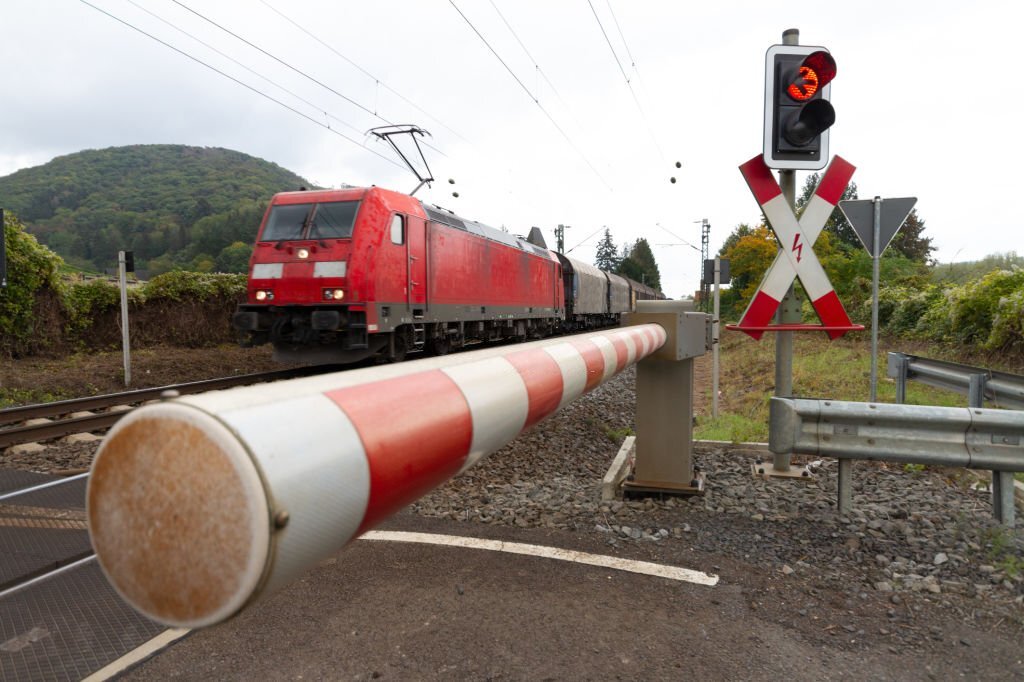
Introduction:
Operating railway maintenance equipment is a critical task that demands precision, expertise and an unwavering commitment to safety. The unique challenges of maintaining rail infrastructure require operators to adhere to stringent safety measures and protocols to ensure both their well-being and the integrity of the rail network. This comprehensive article delves into the specific safety measures that must be observed when operating railway maintenance equipment, highlighting the importance of training, guidelines, and protective practices.
Importance of Safety Measures for Railway Maintenance Equipment:
- Risk Mitigation: The complex nature of railway maintenance operations necessitates comprehensive safety measures to prevent accidents and injuries.
- Infrastructure Protection: Adhering to safety protocols safeguards the rail infrastructure, preventing costly damage and service disruptions.
Comprehensive Safety Measures for Operating Railway Maintenance Equipment:
- Operator Training and Certification:
- Pre-Operation Inspections:
- Equipment Checklists: Operators conduct thorough pre-operation inspections to verify that all components are in proper working condition.
- Fluid Checks: Fluid levels, such as fuel, hydraulic fluid, and coolant, are regularly inspected to prevent mechanical failures.
- Personal Protective Equipment (PPE):
- Safety Gear: Operators must wear appropriate PPE, including helmets, gloves, safety glasses, and high-visibility vests.
- Communication Protocols:
- Clear Communication: Effective communication between operators, ground personnel, and other equipment operators is crucial to prevent accidents.
- Proper Equipment Operation:>
- Equipment Familiarization: Operators must be familiar with the equipment’s controls, functions, and limitations.
- Stable Operation: Maintaining stable and controlled equipment operation prevents accidents due to instability or loss of control.
- Safety Devices and Features:
- Emergency Stops: Emergency stop buttons provide an immediate way to halt equipment operation in case of danger.
- Safety Interlocks: Interlocks prevent certain actions if specific conditions are not met, enhancing operational safety.
- Environmental Considerations:
- Adverse Weather: Operating equipment in adverse weather conditions requires additional caution to prevent accidents.
- Working Near Active Tracks:
- Clearance from Trains: Operators must maintain a safe distance from active tracks to prevent collisions with trains.
- Safe Speeds and Maneuvering:
- Safe Speed Limits: Operators adhere to recommended speed limits to prevent accidents due to excessive speed.
- Proper Maneuvering: Operators must maneuver equipment smoothly to avoid damage to tracks and surrounding infrastructure.
- Emergency Response Preparedness:
- Emergency Plans: Operators are trained to respond to emergencies promptly, ensuring the safety of themselves and others.
Training and Continuous Improvement:
- Ongoing Training and Refresher Courses:
- Skill Enhancement: Regular training ensures operators stay up-to-date with safety protocols and equipment advancements.
- Lessons from Incidents:
- Incident Analysis: Learning from past incidents helps improve safety measures and prevent similar occurrences.
Industry Regulations and Standards:
- Regulatory Compliance:
Technological Innovations for Enhanced Safety:
- Advanced Sensors and Alerts:
- Collision Avoidance Systems: Sensors alert operators about potential collisions with other equipment or trains.
- Remote Monitoring and Control:
- Remote Diagnostics: Remote monitoring technology allows experts to diagnose equipment issues without compromising safety.
Challenges and Continuous Improvement:
- Human Factors:
- Fatigue Management: Managing operator fatigue through proper scheduling and breaks is crucial for safety.
- Maintaining a Safety Culture:ng>
- Organizational Commitment: Fostering a safety-first culture within organizations is essential to ensure consistent adherence to protocols.
Conclusion:
Operating railway maintenance equipment demands a meticulous commitment to safety, considering the unique challenges and risks involved in maintaining rail infrastructure. From rigorous training to strict adherence to protocols, each safety measure is a vital link in the chain of preventing accidents and protecting both operators and the rail network. As technology and practices evolve, the rail industry will continue to prioritize safety, ensuring that railway maintenance equipment is operated with the utmost care and precision, ensuring the seamless operation of the global rail transportation network.

